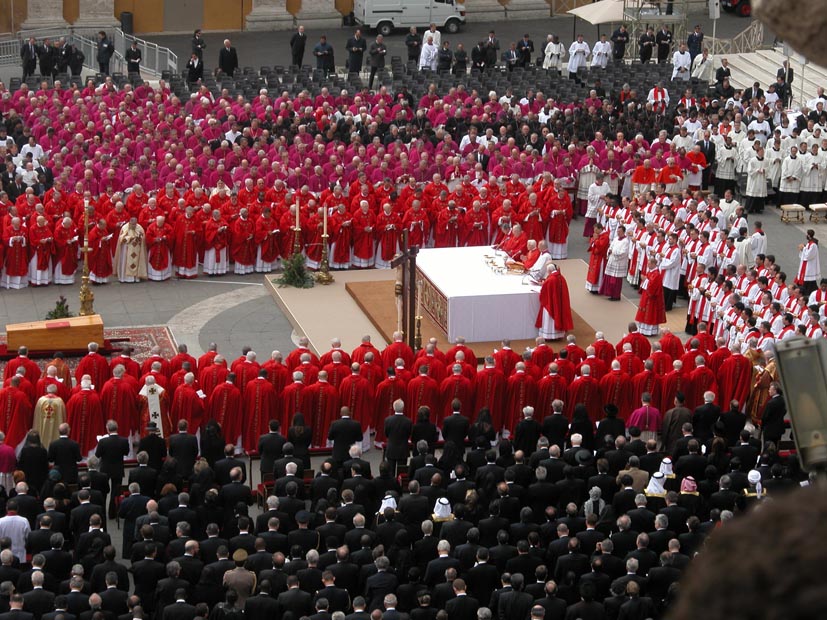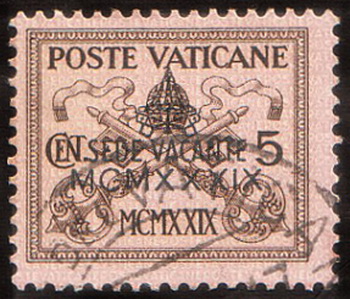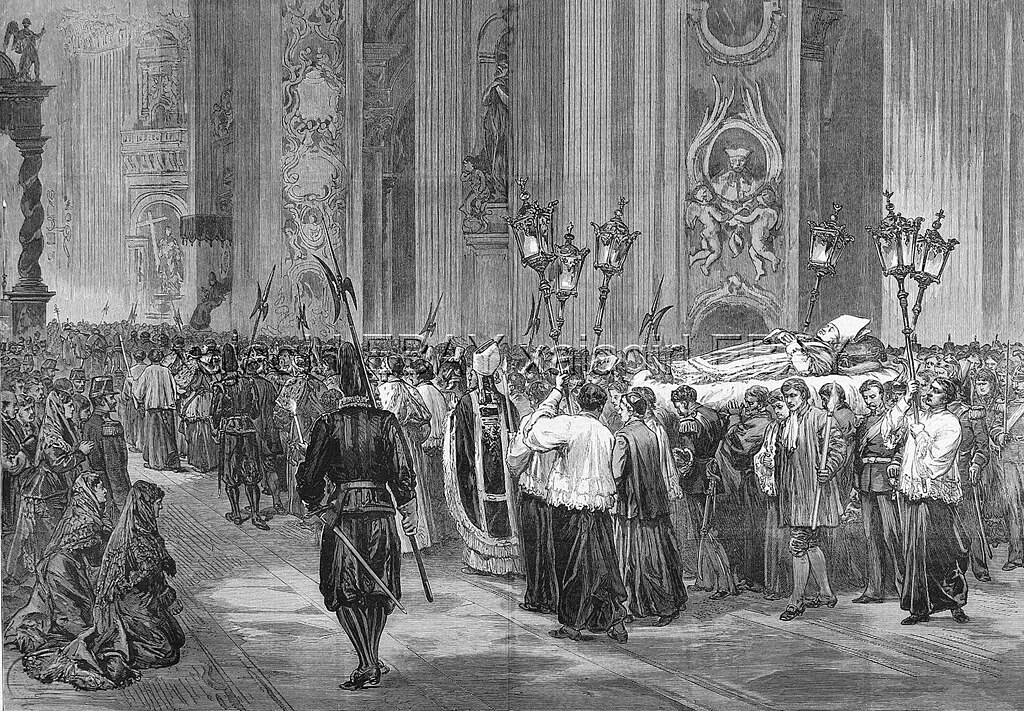Let’s be honest: the death of a Pope isn’t just a sombre event for the world’s 1.3 billion Catholics-it’s a spectacle of ritual, tradition, and, yes, a dash of Vatican drama. But what happens after the Pope dies? If you’re picturing a quick burial and a “Next!” sign flashing over St. Peter’s, think again. The post-papal period is a meticulously choreographed dance, blending centuries-old rites with modern realities, all designed to ensure the seamless transition of spiritual power at the heart of the Catholic Church.
The final rites and burial: The last journey
After the funeral Mass-often a global event attended by heads of state, religious leaders, and, let’s face it, a fair number of celebrity mourners-the Pope’s coffin is carried in solemn procession to its final resting place. Traditionally, this is the Vatican Grottoes beneath St. Peter’s Basilica, a crypt that reads like a who’s who of papal history. However, popes may request alternative burial sites; Pope Francis, for instance, asked to be interred at the Basilica of St. Mary Major, a move that subtly shifts the symbolic geography of the papacy.

The burial itself is steeped in symbolism. The Pope’s face is covered with a white silk veil, his body sprinkled with holy water, and a series of objects are placed in the coffin: coins and medals minted during his pontificate, and a sealed tube containing a written summary of his papacy. The coffin is then sealed, inscribed with the Pope’s name, coat of arms, and dates of birth and reign, and stamped with the official Vatican seals. This is not just about honouring the deceased; it’s about documenting history and closing a chapter with due reverence.
Novemdiales: Nine days of mourning
With the Pope now at rest, the Vatican enters the Novemdiales-a nine-day period of official mourning. Each day is marked by special Masses and prayers, both in Rome and in Catholic communities worldwide. The Novemdiales is not just a time for grief; it’s a spiritual interlude, a collective pause that allows the Church to reflect, pray, and prepare for the future. Vatican flags fly at half-mast, the bronze doors of St. Peter’s Basilica are closed, and the world’s attention lingers on Rome as the faithful gather to honour the departed pontiff.
Sede Vacante: The Vatican in limbo
With the Pope’s death, the Holy See enters a period known as Sede Vacante-literally, “the seat being vacant.” This is not just a poetic phrase; it’s a constitutional reality. The papal throne is empty, and all major decisions and appointments are put on hold. The camerlengo (currently Cardinal Kevin Farrell), a figure who suddenly becomes the most important man in Vatican City, assumes temporary control. His duties are both practical and symbolic: verifying the Pope’s death, sealing the papal apartments, and overseeing the destruction of the Fisherman’s Ring and the papal seals-acts that formally end the previous pontificate.

During Sede Vacante, the camerlengo is the Vatican’s caretaker, ensuring the Church’s day-to-day operations continue without overstepping his limited authority. No new policies, no doctrinal changes-just the steady hand of tradition guiding the world’s oldest monarchy through its most vulnerable moment.
The pre-conclave congregations: Cardinals in waiting
While the world mourns, the College of Cardinals-those princes of the Church in red-begin to assemble in Rome. Their first order of business isn’t the conclave itself, but a series of “general congregations.” Here, the cardinals discuss the state of the Church, review administrative matters, and, unofficially, start sizing up potential successors. Think of it as the world’s most exclusive job fair, with a side of incense and Latin prayer.
The conclave: Choosing the next pope
After the Novemdiales, the cardinals under the age of 80 enter the Sistine Chapel for the conclave, the centuries-old process of electing a new pope. The word “conclave” comes from the Latin for “with key”-a nod to the tradition of locking the cardinals away until they reach a decision. The rules are strict, the ballots secret, and the atmosphere thick with both anticipation and the scent of old frescoes.
![Cardinals formerly used these intricate ballot papers, one of which is shown folded above. The text Latin reads "Name" and "Signature" at bottom, with the middle text translating to, "I choose as Supreme Pontiff my most reverend lord, the Lord Cardinal [name]." Currently, the ballots are simple cards, folded once, like a note card, with the words "I elect as Supreme Pontiff" printed in Latin on them. Public domain. Cardinals formerly used these intricate ballot papers, one of which is shown folded above. The text Latin reads "Name" and "Signature" at bottom, with the middle text translating to, "I choose as Supreme Pontiff my most reverend lord, the Lord Cardinal [name]." Currently, the ballots are simple cards, folded once, like a note card, with the words "I elect as Supreme Pontiff" printed in Latin on them. Public domain.](https://theurbanherald.com/wp-content/uploads/2025/04/Folded_conclave_ballot.jpg)
Voting continues in rounds, with ballots burned after each session. Black smoke signals no decision; white smoke, the world’s most famous puff of vapour, signals “Habemus Papam”-we have a Pope. The new pontiff is then presented to the world from the balcony of St. Peter’s Basilica, ushering in a new era for the Catholic Church.
A brief historical context: Papal transitions through the ages
Papal transitions have evolved over the centuries, shaped by politics, intrigue, and the slow march of reform. In the early Church, popes were often chosen by acclamation or the influence of Roman emperors. By the 11th century, reforms limited secular interference, and the College of Cardinals became the sole electors. The conclave system, with its locked doors and secret ballots, was born out of necessity in the 13th century after a particularly long and contentious election saw cardinals literally starved into making a decision.

In modern times, the process has become more streamlined, yet the essential elements remain unchanged: ritual, secrecy, and the weight of history. Recent transitions have typically taken two to three weeks from death to the installation of a new pope, underscoring the balance between tradition and the need for timely leadership.
Summary table: The steps after a pope’s burial
| Step | Description |
|---|---|
| Rites and Burial | Final rituals, sealing of the coffin, burial (usually in Vatican Grottoes or as per papal wish) |
| Novemdiales | Nine days of mourning with daily Masses and prayers |
| Sede Vacante | Period of vacancy; camerlengo oversees Vatican administration |
| Destruction of Papal Symbols | Fisherman’s Ring and papal seals destroyed to end the pontificate |
| Pre-Conclave Congregations | Cardinals meet to discuss Church matters and prepare for conclave |
| Conclave | Cardinals elect a new pope in the Sistine Chapel |
| Announcement of New Pope | White smoke signals election; new pope presented to the world |
Why all this ritual?
You might wonder: why the elaborate choreography? For the Catholic Church, these rituals are not mere pageantry-they are the glue that binds two millennia of tradition, ensuring continuity, legitimacy, and unity in a moment of potential uncertainty. Each step, from the silk veil to the white smoke, is a thread in the tapestry of Catholic identity.
The modern touch: Reforms and simplicity
Recent popes, especially Francis, have introduced reforms to simplify some aspects of the funeral and transition, emphasising humility and the pastoral nature of the papacy over regal splendour. The three-coffin tradition has given way to a simpler arrangement, and the focus has shifted from the trappings of power to the role of the Pope as servant and shepherd.
The human element: Grief, hope, and continuity
Beyond the ritual, there’s a deeply human story at play: a community in mourning, a world watching, and a Church poised between memory and expectation. The death of a Pope is both an ending and a beginning-a moment when history, faith, and the future converge in the heart of Rome.
So, the next time you see that plume of white smoke rising over the Vatican, remember: it’s not just a signal of new leadership, but the culmination of a process that honours the past, navigates the present, and prepares the Catholic Church for whatever comes next.
In summary: After a Pope’s burial, the Catholic Church follows a detailed sequence: final burial rites, nine days of mourning (Novemdiales), a period of administrative limbo (Sede Vacante) overseen by the camerlengo, the destruction of papal symbols, meetings of the cardinals, and finally, the conclave to elect a new pope. This process ensures both reverence for the departed and the seamless continuity of spiritual authority.



